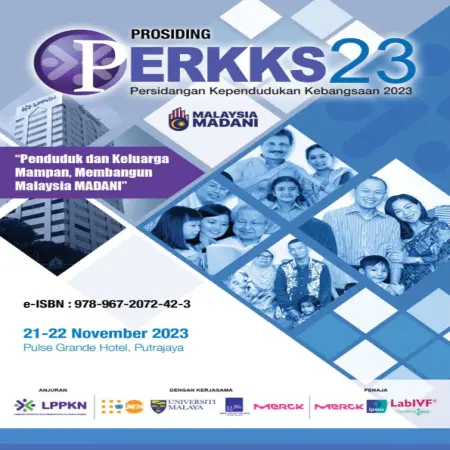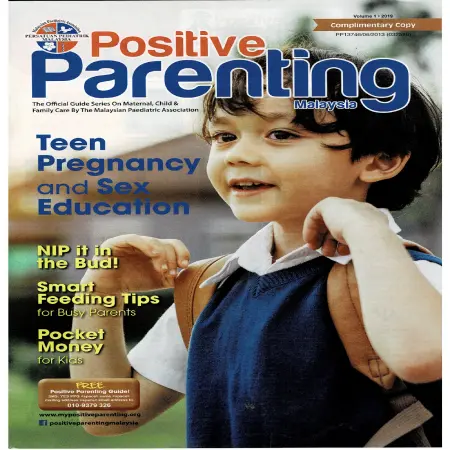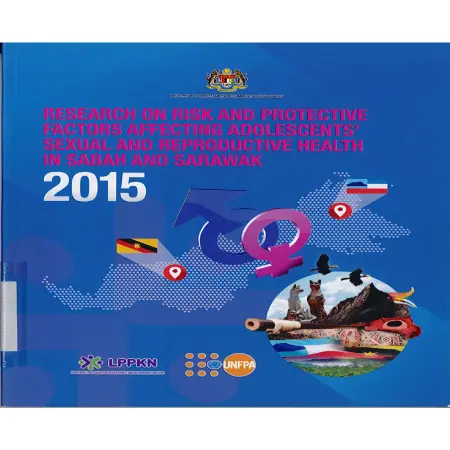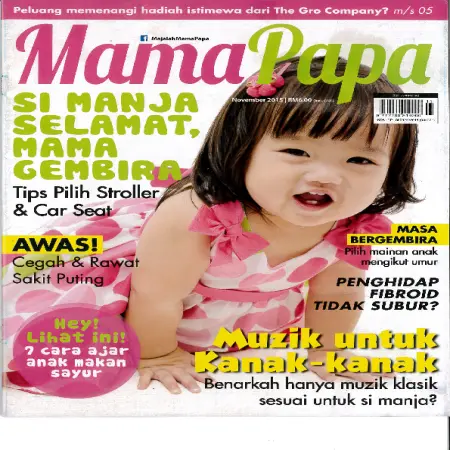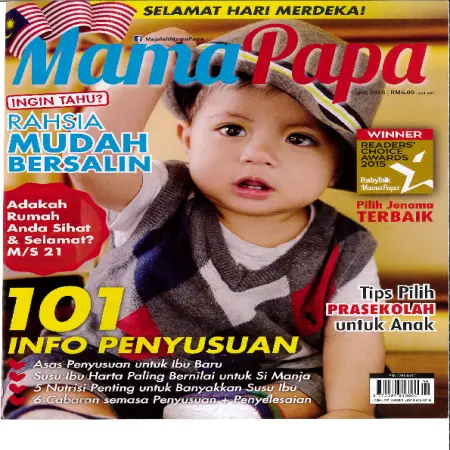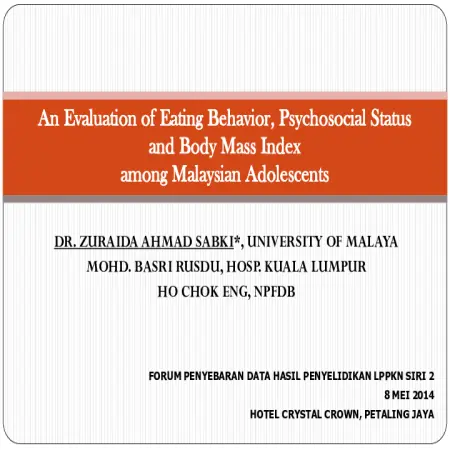Browse by Subject
Results for Search : "304 Factors affecting social behavior"
|
Dapatan data subfertitli Kebangsaan bagi tahun 2023
Item Type: Infographic
Year: 2024
Abstract: The collection of subfertility data involves all registered hospitals and clinics providing subfertility treatment services throughout Malaysia from January 1, 2023, to December 31, 2023. The collected subfertility data has been approved by NPFDB (LPPKN), including information on the...[Read More]
|
|
|
|
|
|
Unleashing teen pregnancy in Malaysia and the revolving health care issues
Item Type: Book Section
Editor:
Year: 2023
Abstract: Increasing teen pregnancy cases are becoming a serious public health concern in both developing and developed nations for past decades. Teenage pregnancy occurs among adolescent girls between 10 and 19 years old. A recent study reveals that 14 out of every 1,000 female teenagers in...[Read More]
|
|
|
|
|
|
K.A.S.I.H
Item Type: Video
Year: 2023
Abstract: The Family KASIH campaign is an initiative of the Ministry of Women, Family and Community Development (MWFCD) through the National Population and Family Development Board (NPFDB) to deal with mental health problems among family members post-Covid-19. This campaign focuses on the...[Read More]
|
|
|
|
|
|
Perkembangan hubungan perkahwinan pasangan kekal berkahwin dalam kitaran perkembangan keluarga
Item Type: Thesis
Year: 2020
Abstract: The developmental perspective is one of the elements taken into account in the development of marital relationships in the family development cycle as it explains the process of transformation encountered by the lasting marriage couples chronologically, before marriage to ageing....[Read More]
|
|
|
|
|
|
Differentials in sexual and reproductive health knowledge among East Malaysian adolescents
Item Type: Article
Year: 2019
Abstract: The aim of this study was to assess the knowledge of East Malaysian adolescents on sexual and reproductive health issues. Data were collected in March–July 2015 from 2858 adolescents aged 13–18 years from selected East Malaysian secondary schools using a self-administered...[Read More]
|
|
|
|
|
|
Teen pregnancy and sex education
Item Type: Article
Year: 2019
Abstract: Teenage pregnancy refers to any pregnancy in women or girls aged 19 years or younger. In 2016, the Ministry of Health recorded more than 12,000 teenage pregnancies in Malaysia. The National Registration Department reported that 4,992 children were born out of wedlock to girls aged 18...[Read More]
|
|
|
|
|
|
Research on risk and protective factors affecting adolescents' sexual and reproductive health in Sabah & Sarawak 2015
Item Type: Research Report
Year: 2016
Abstract: A quarter of the world population (1.8 billion) consists of people aged 10-24 years (UN DESA, 2009). Adolescents is a phase of life whereby they have opportunities for developing healthy behaviours, which can determine the future pattern of adulth health. However, for most adolescents,...[Read More]
|
|
|
|
|
|
Lima teras keluarga bahagia
Item Type: Article
Year: 2015
Abstract: Each of us has our own values to describe a happy family. Happiness in the family is very important and it is the goal of all of us to build family institutions. National Population and Family Development Board (NPFDB) has outlined five (5) Happy Family Thrusts based on the concept of...[Read More]
|
|
|
|
|
|
Aduh! Sakit kepalaku: membimbing anak bertanggungjawab
Item Type: Article
Year: 2015
Abstract: Every child born into this world is a perfect and holy gift of God. Children are like white cloth and it is the parents who are responsible for shaping the life of their children. Every child born is in perfect condition and has great potential to be an excellent human being....[Read More]
|
|
|
|
|
|
An evaluation of eating behavior, psychosocial status and body mass index among Malaysian adolescents
Item Type: Conference or Workshop Item
Year: 2014
Abstract: This study is an attempt to produce an abbreviated Malay version of Weight and Lifestyle Inventory (MWALI), as an evaluation tool to assess eating and related bio-psychosocial factors among adolescents attending kafe@TEEN, Kuala Lumpur. The MWALI was translated ‘forward–backward’ from...[Read More]
|
|
|
|
|






